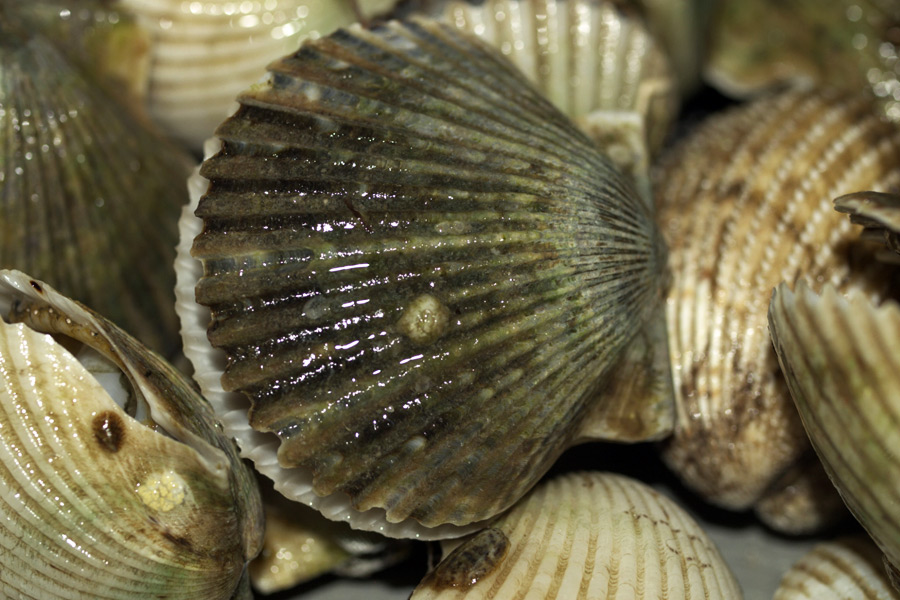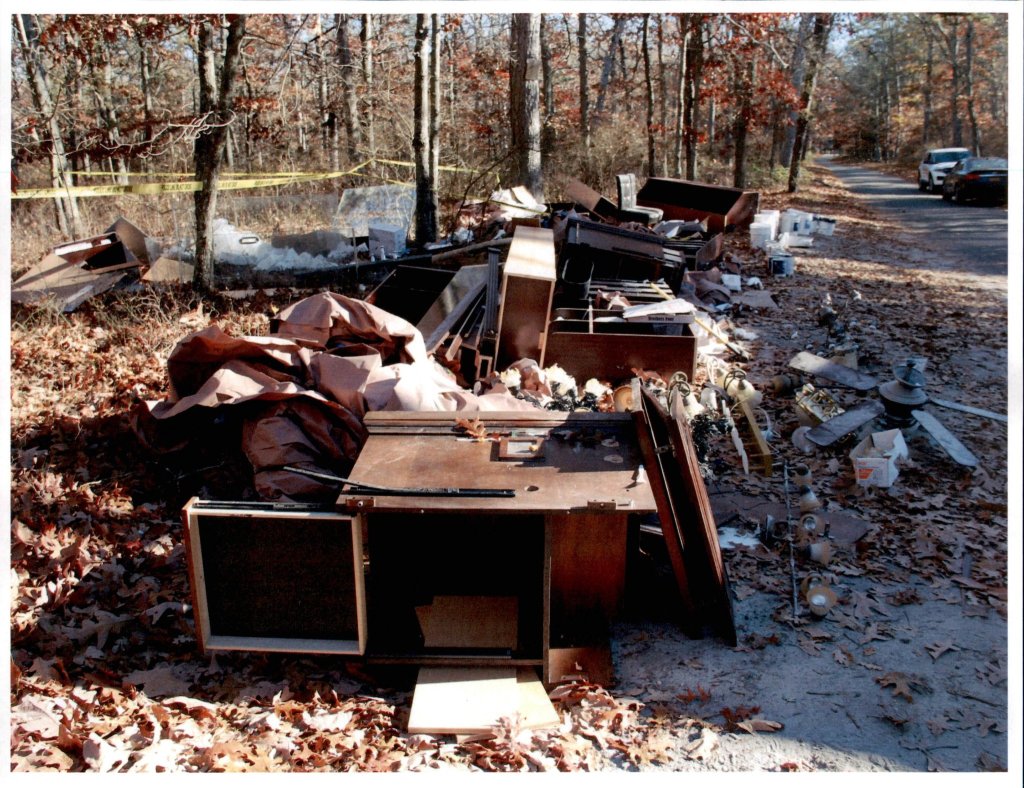Seagulls Spoil Shell Recycling Party – What About Wampum?

The East Hampton Town Trustees decided this past October to allow people to collect scallop shells where they lay on beaches around town and take them to a big mound at the end of Boat Yard Road on Three Mile Harbor to be dried out in anticipation of being recycled. The recycling would consist of the seashells being spread back among the dunes, reefs and shellfish beds in waters around the town. There, they’d provide the necessary calcium for the growth of marine organisms that eventually would result in a more stable and vibrant sea bottom that could include crabs, mussels, algae, worms, barnacles, eels, small fish and lots of other creatures. The drying out period would have to be about six months. That’s how long it would take for the bacteria in the shells abandoned by their owners to cease being toxic.
At the time all of this was initially discussed, it was thought that the restaurants should be contacted to see if some of the shells left over after clams casino or mussels marina or oysters Rockefeller could be gathered up and added to the mound.
This has not worked out very well.
For one thing, the town environmentalists nixed the idea of approaching the restaurants, saying that after thinking about it and doing some research, they’d come to the conclusion that there was no way to tell if the restaurants were all buying local or, God forbid, from elsewhere, which would mix up with the indigenous species poorly.
Then the mound out at Boat Yard Road began to stink. The wind carried the stink off to the neighbors, and it also began to attract huge flocks of seagulls, who, excited about finding such a smelly new food source, also left lots of white guano droppings around, which did not mix well with the other stuff. Peter and Mark Mendelman of Seacoast Enterprises, the owners of Three Mile Harbor Marina, spoke at a trustees meeting at the end of November, where Peter said there were seagulls on every piling in his marina at one time, and Mark said the smell from the guano and the rotting seashell pile next door made him want to throw up.
This situation, brought to the trustee’s attention last week, resulted in the town revising their plan. They apologized to the Mendelmans, put up signs around the pile and got someone to take charge of keeping the site clean pending their moving all these seashells to a new location at a boat launching ramp at Lazy Point, 10 miles away.
Lost in all this, however, is the story of wampum, another use of seashells. When the white settlers got here, they found the Montaukett Indians were the “bankers” of the more than one dozen Indian tribes on the island plus others in New England. These tribes were buying, selling and swapping and trading wampum, which consisted of noodle-like beads made from polished seashell parts they’d found on the beaches, usually strung on leather strings they wore around their necks and also as as belts. Indeed, when the white men first came to the East End, they not only began selling and buying things with wampum, they soon started a high-intensity wampum making operation themselves. In addition, wampum was designated as an official currency for this area.
As there was nothing to stop this from going nuts, the market soon got flooded with wampum and the European settlers soon saw the value of the stuff plummeting and so voted to abandon wampum as a recognized currency.
But why not bring it back?



